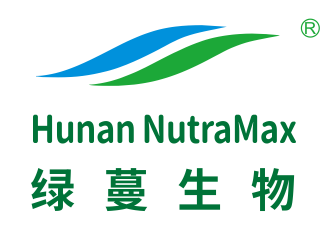Milk Thistle Extract
Tea Extract Our main business is BotanicalExtracts,specialized in manufacturing natural sweeteners which
Key words: green vine siraitia grosvenorii
Product Code:22888-70-6 Main components: Formula:C25H22O10 Specifications:40%~80%Silymarin UV, 30% Silibinin+Isosilybin Detection:HPLC
Classification:
Products
Other Extracts
Annexes:
Describe
·Product Name: Milk Thistle Extract
·Plant source: Milk Thistle
·Latin Name: Silybum marianum. (L.)Gaertner
·Part of used: Seed
·Specification : 40%~80%Silymarin UV, 30% Silibinin+Isosilybin
·Appearance: Yellow fine powder
·Extract Method: Grain Alcohol
·Solubility: better water solubility
·Test method :HPLC
****************************************
·Active Ingredient: Silybinin
·CAS No.: 22888-70-6
·Specifications: 15%~20%
·Molecular Formula: C25H22O10
·Molecular Mass: 482.436
**************************************
·Active Ingredients: Silymarin
·Part of Plant Used: Seed
·CAS: 84604-20-6
·Molecular Formula: C25H22O10
·Molecular Weight: 482.4388
·Testing Method: HPLC
What is Milk Thistle Extract produced in Hunan NutraMax Inc?
Silymarin is a unique flavonoid complex—containingsilybin, silydianin, and silychrisin—that is derived from the milk thistleplant.
Poor water solubility and bioavailability of silymarinled to the development of enhanced formulations. a new complex of silybin andnatural phospholipids was developed. This improved product is known by the nameof Silyphos. By complexing silybin with phospholipids, scientists were able tomake silybin into a much more soluble and better-absorbed form. Thissilybin/phospholipid complex (Silyphos) was found to have significantly improved bioavailability, up to ten times better absorption, and greater effectiveness.
Prev
Prev

